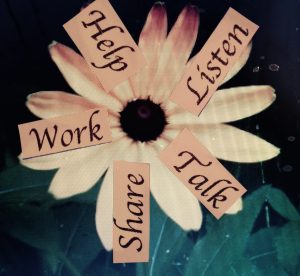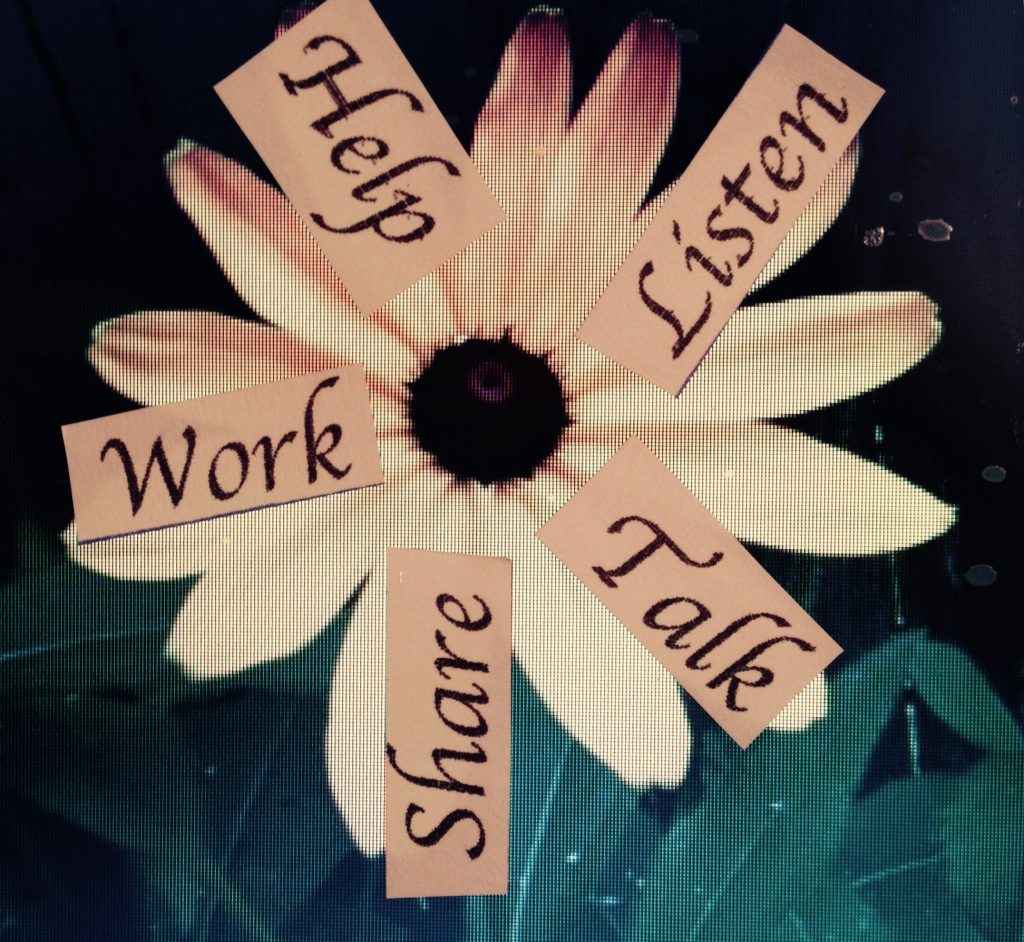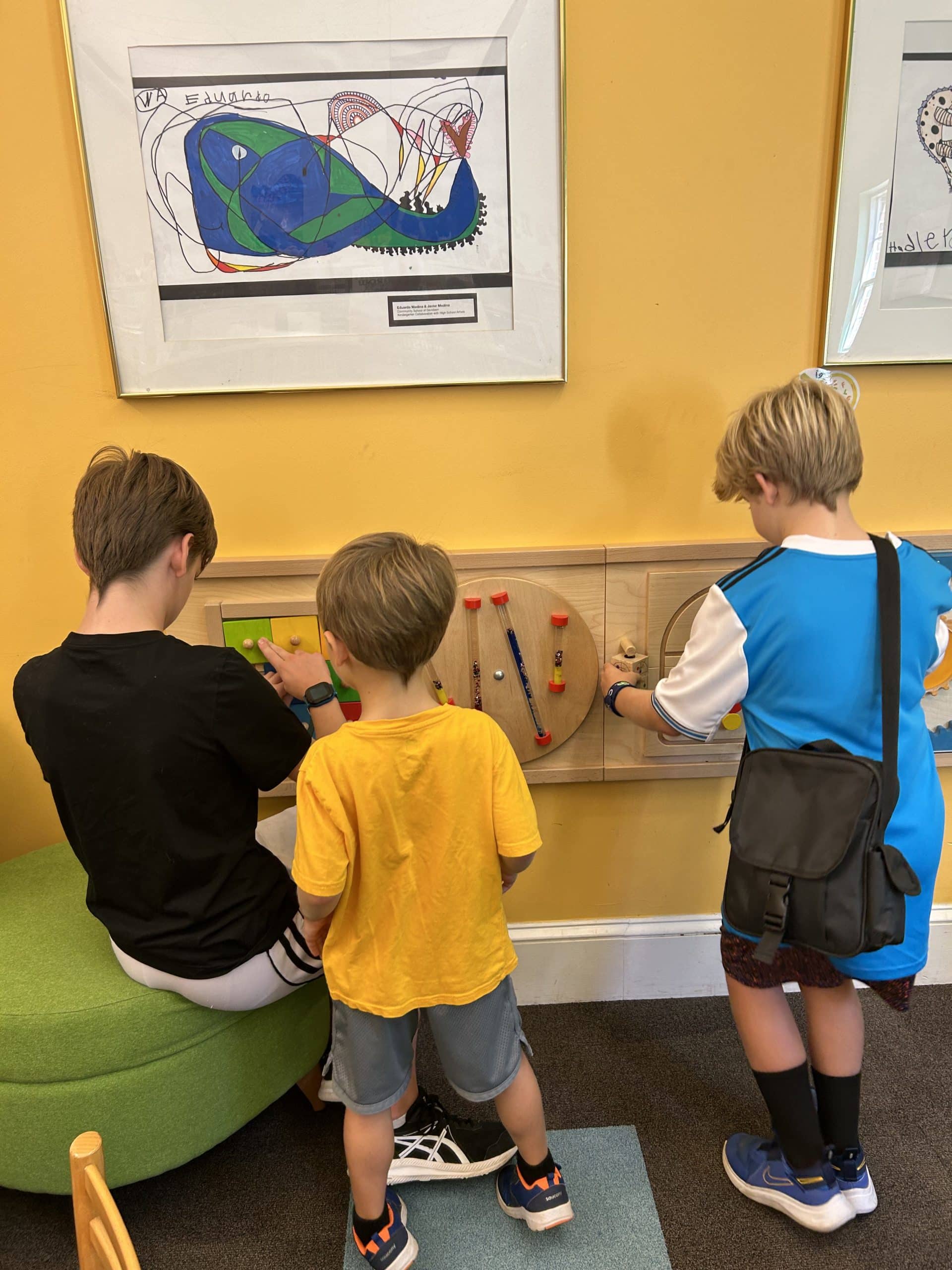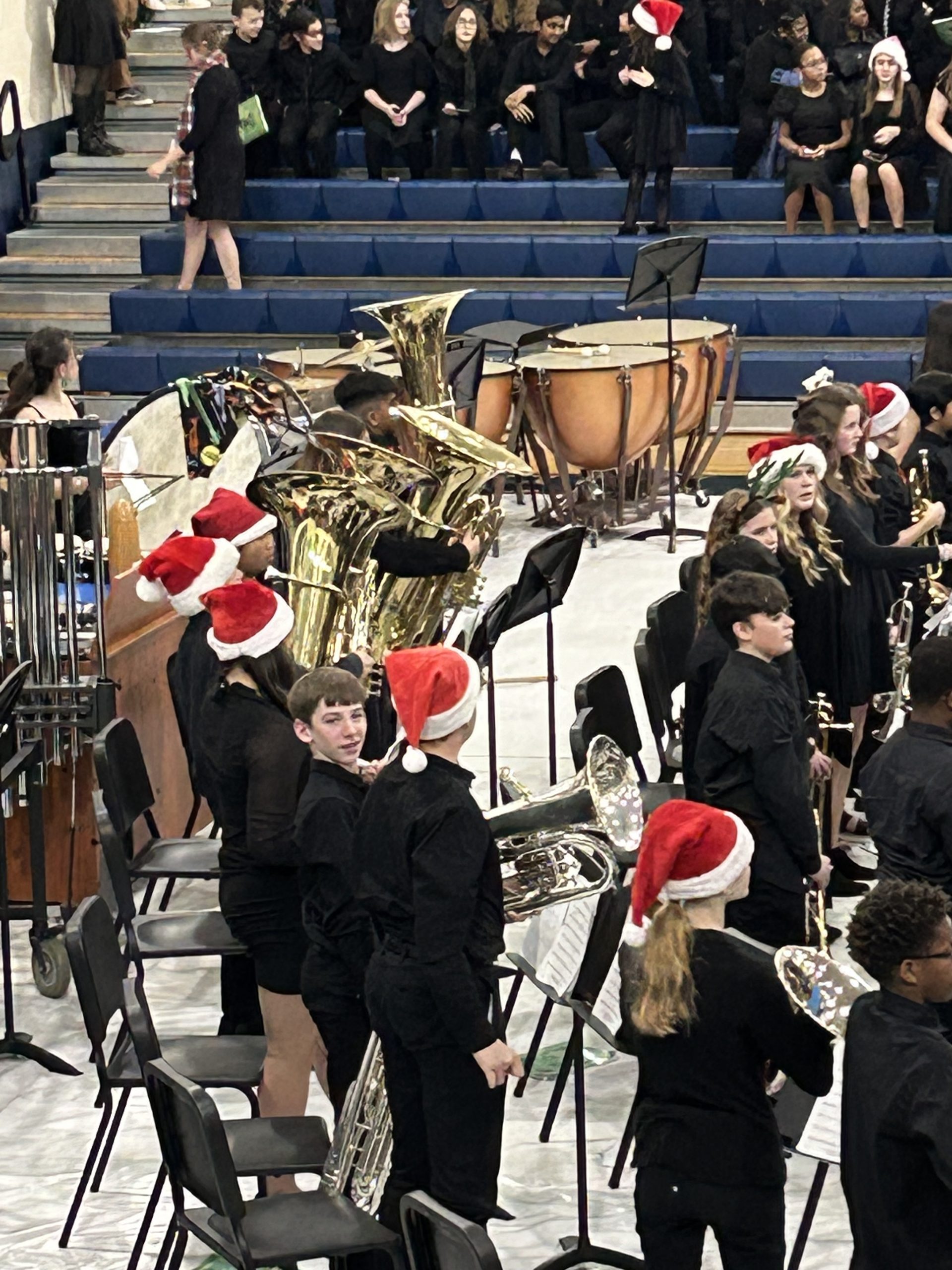Are teachers treating all children fairly? Are children being respected or insulted in the classroom? Positive relationships need to be built everyday in the classroom.
It is a known fact that when teachers have a positive relationship with their students, academic performance and test scores improve and behavior problems disappear. When teachers fail to recognize particular students, they convey a low level of confidence in a student’s ability. Students turn off and tune out and believe they are unable to answer questions for classroom participation. Students who have conflicted relationships with teachers tend to not like school, are not independent, and do not cooperate in the classroom.
The student/teacher relationship is very important. Students spend approximately 5 to 7 hours a day with a teacher for almost 10 months.
Positive relationships develop through a multitude of ways:
![]() Monitor responses so all students have equal opportunities to respond in class. That means, call on all students equally and not on the same small number of students. If need be, create a checklist.
Monitor responses so all students have equal opportunities to respond in class. That means, call on all students equally and not on the same small number of students. If need be, create a checklist.
![]() Allow for wait time. Experts suggest that wait time should be about 7 seconds after a question is asked. Providing a sufficient amount of think time demonstrates confidence in the students’ ability to answer.
Allow for wait time. Experts suggest that wait time should be about 7 seconds after a question is asked. Providing a sufficient amount of think time demonstrates confidence in the students’ ability to answer.
![]() Create metacognitive questions. This allows for the learner to explain his/her thinking.
Create metacognitive questions. This allows for the learner to explain his/her thinking.
![]() If necessary, restate the question in a different manner so as to give a hint or a clue for understanding. Provide choices when necessary.
If necessary, restate the question in a different manner so as to give a hint or a clue for understanding. Provide choices when necessary.
![]() Tell students they have the ability to do well and you have confidence in them. Reference past successes.
Tell students they have the ability to do well and you have confidence in them. Reference past successes.
![]() Constructive criticism will guide students to correct responses and behavior. Negativity is not helpful nor is it respectful. Children are fragile. Don’t let the spoken word be hurtful or misunderstood. Interact positively, in both disruptive as well as positive situations. Show you care by listening attentively.
Constructive criticism will guide students to correct responses and behavior. Negativity is not helpful nor is it respectful. Children are fragile. Don’t let the spoken word be hurtful or misunderstood. Interact positively, in both disruptive as well as positive situations. Show you care by listening attentively.
![]() Show off class achievements. This lets all students know that the class works as a team with each member actively contributing.
Show off class achievements. This lets all students know that the class works as a team with each member actively contributing.

In general, schools put too much emphasis on cognitive ability when the social and emotional well being of students have a powerful effect on achievement. Positive interaction with students provides the resource to learn more about them. In knowing your students, you can better address their needs. You can refine class discussions, comments, illustrations, and activities so they become more effective learning experiences.
A supportive relationship will encourage students to seek educational opportunities with enthusiasm. Teacher motivation influences a student’s motivation. The tone, harmony and atmosphere in each classroom make a good school. An unhappy classroom never encourages learning.



